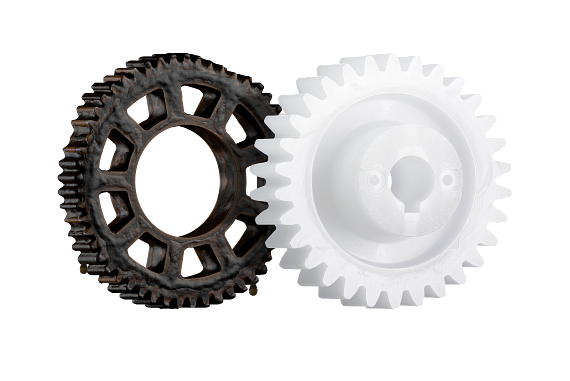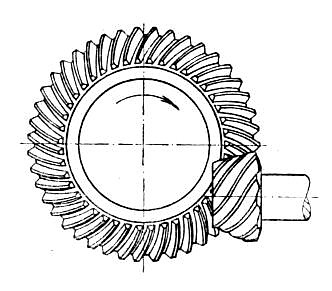Gear trains: an in-depth look
Gear trains are an integral part of various mechanical systems, offering a method to transmit power and motion effectively. This blog explores what gear trains are and how they function, their types, components, applications, and advantages.
What is a gear train?
A gear train is a set of two or more gears meshed in sequence. Gear trains are used to transfer power and motion, similar to a single gear, but change the power or torque of the input through the mechanical advantage of the system. The direction of movement can also be changed with a gear train.
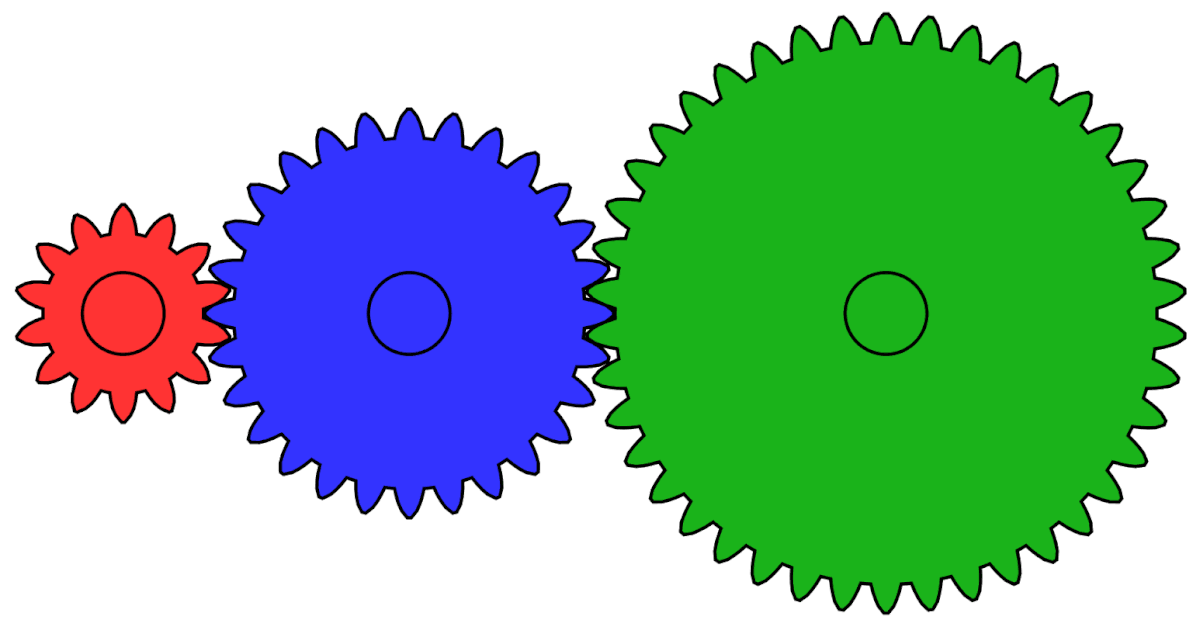
Components of gear trains
Gears
Gears are, of course, the primary component of a gear train. Various gears, such as spur, helical, bevel, and worm gears, can all be used in gear trains and serve different functions within the system. Each type of gear offers unique advantages in terms of power transmission and efficiency.
Related: Types of gears: How they work and when to use them
Shafts
Shafts support the gears and transmit rotational motion between them. Shafts must be robust and precisely aligned to ensure smooth operation of the gear train, and to avoid premature wear, inefficient operation, and costly downtime.
Bearings and housings
Bearings reduce friction of the system and support the shafts, while housings encase and protect the gear train from external elements to ensure durability and longevity.
The type of bearing used can also protect the gear train from external elements such as dirt and dust. Tribologically optimized polymer bearings resist dirt and dust due to a lack of grease, making them ideal for gear trains being used in harsh conditions.
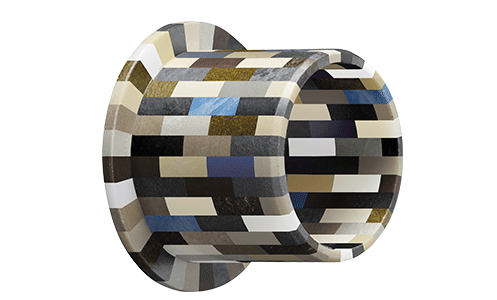
Types of gear trains
While all gear trains perform the same essential function, there are different types of gear trains that are ideal in different circumstances. Knowing the differences between these types is vital to choosing the correct one for your own application.
Simple gear train
Simple gear trains are the most basic, consisting of two or more gears connected in a series, each mounted on a separate shaft. This configuration is straightforward, making it ideal for basic applications where simple power transmission is required.
Compound gear train
Compound gear trains consist of multiple gears mounted on the same shaft, allowing for more complex speed and torque adjustments. This type of gear train is most often used when space constraints and the need for higher torque are key factors in the application.
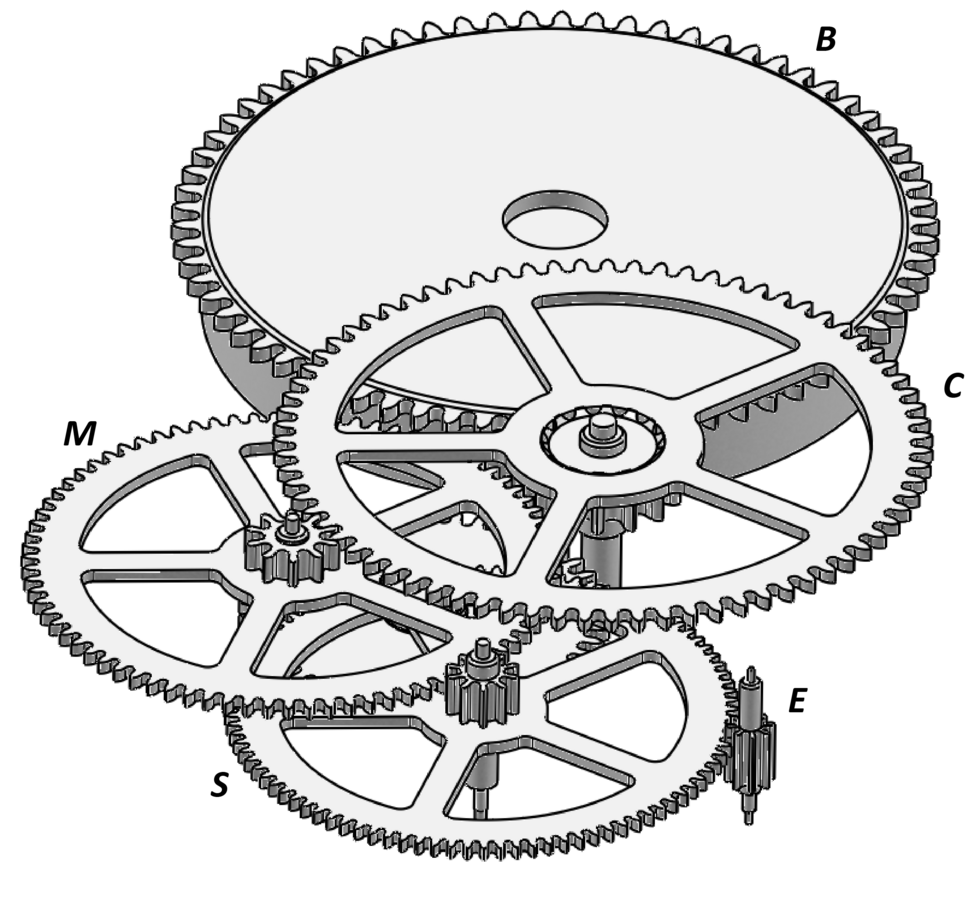
Reverted gear train
In a reverted gear train, the input and output shafts lie on the same axis (coaxial). This configuration achieves a change in direction along the same axis, and is commonly used in applications requiring a particularly compact design.
Planetary (epicyclic) gear train
Planetary gear trains feature a central sun gear, planet gears that “orbit” around the sun gear, and a ring gear that surrounds the planet gears and provides lateral restrain. This design offers high torque density and multiple gear ratios, making it suitable for applications that demand precise control and efficiency, like automatic transmissions or robotics.
Learn more: Planetary gears and their use in bicycles
Single-stage vs. multi-stage gear trains
Regardless of the type of gear train, they all fall into one of two categories: single-stage and multi-stage. The distinction between these two categories is simple, but essential to understand for calculating the gear ratio, speed, or torque of a gear train.
Single-stage gear trains
Single-stage gear trains is a gear train where only two gears are meshed together. This single stage where the gears are meshed is where the name comes from. Helical and spur gears are the most common gears used in single-stage gear trains, though worm gears and spur/internal gears can also form single-stage gear trains.
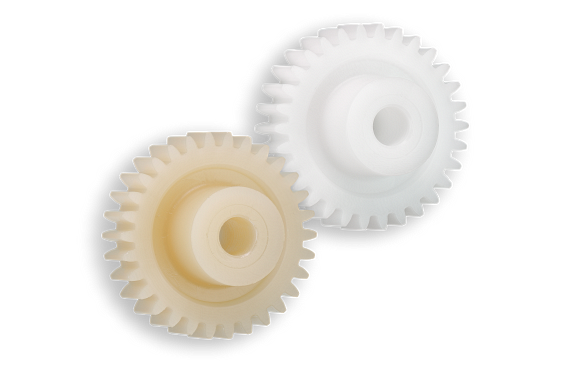
To calculate the gear ratio of single-stage gear trains, simply count the number of teeth of the driver gear and driven gear (N1 and N2 respectively) and divide N1 by N2. The final result will be the ratio of the gear train.
Multi-stage gear trains
Multi-stage gear trains encompass all gear trains where there are multiple areas where gears are meshed together. All gear train types can be multi-stage, though the most common are reverted and planetary. Any gears besides the driven and driver gears in a multi-stage gear train are known as idler gears.

To calculate the gear ratio of multi-stage gear trains, the ratio of each individual stage needs to be calculated, then multiplied together.
This means for a three-geared simple gear train, where N1 = 10, N2 = 30, and N3 = 20, the gear ratio would be:
N1 / N2 = 10/30 = 1:3
N2 / N3 = 30/20 = 3:2
(1:3) x (3:2) = (1x3)/(3x2) = 3:6 = 1:2
So the final gear ratio of the above example would be 1:2.
Applications of gear trains
Gear trains are used all across industries for wildly different applications. Each still makes use of the fundamental function of gear trains, but specific configurations, sizes, materials, and more all vary tremendously.
Automotive industry
In vehicles, gear trains are vital for transmission systems, allowing for efficient speed and torque conversion. Automotive gear trains enable cars to shift gears smoothly and operate efficiently at various speeds.
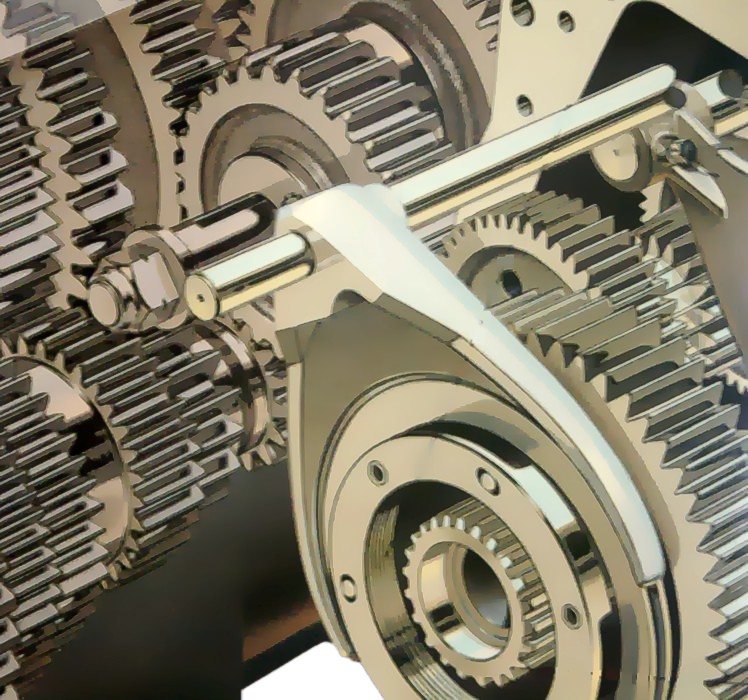
Industrial machinery
Gear trains are used in industrial machines like conveyors, presses, and mixers. They help achieve the desired operational speeds and torque, making these machines more efficient and effective.
Robotics
Robots used gear trains to manipulate limbs and other components, ensuring precise movement and control. This precision is crucial for tasks ranging from simple pick-and-place applications to complex assembly processes.
Clocks and watches
In timepieces, gear trains regulate the movement of hands to maintain accurate timekeeping. The highly intricate gear systems in clocks and watches are a testament to the precision engineering required in these devices.
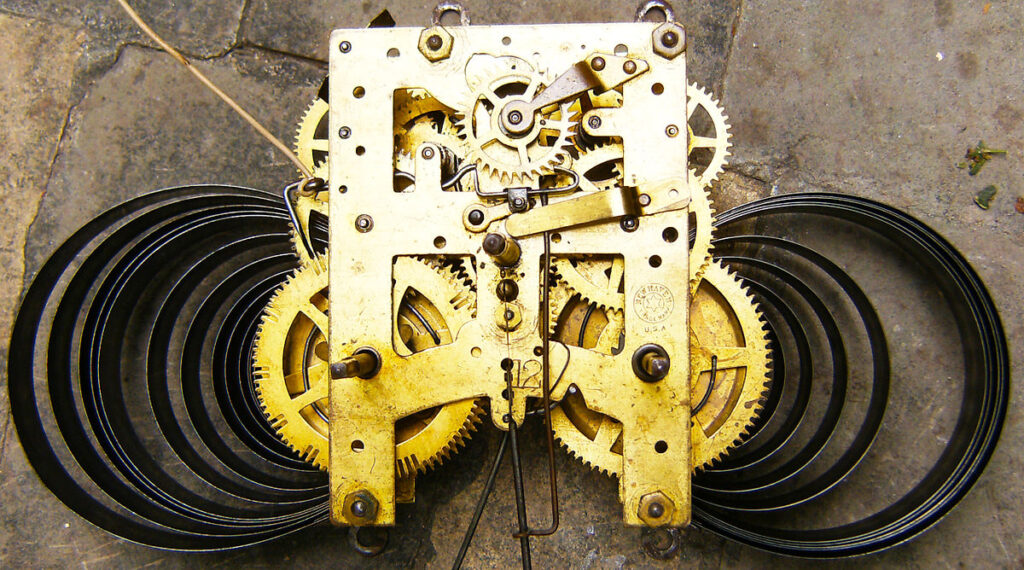
Advantages and disadvantages of gear trains
Advantages
As already mentioned, gear trains provide high efficiency, reliability, and the capability to handle high loads. Their design allows for precise control over speed and torque, making them ideal for a wide range of applications.
Disadvantages
Despite their advantages, gear trains are often complex and expensive to manufacture. They also require regular maintenance due to wear and tear, which can be a significant drawback in some applications.
Related: 3D printing service for affordable, wear-resistant gears
Conclusion
Gear trains are an indispensable part of many modern mechanical applications. Their diverse configurations provide unique solutions tailored to specific problems. But while gear trains offer numerous benefits, it's important to balance their complexity and maintenance requirements against their potential advantages when designing mechanical systems.

